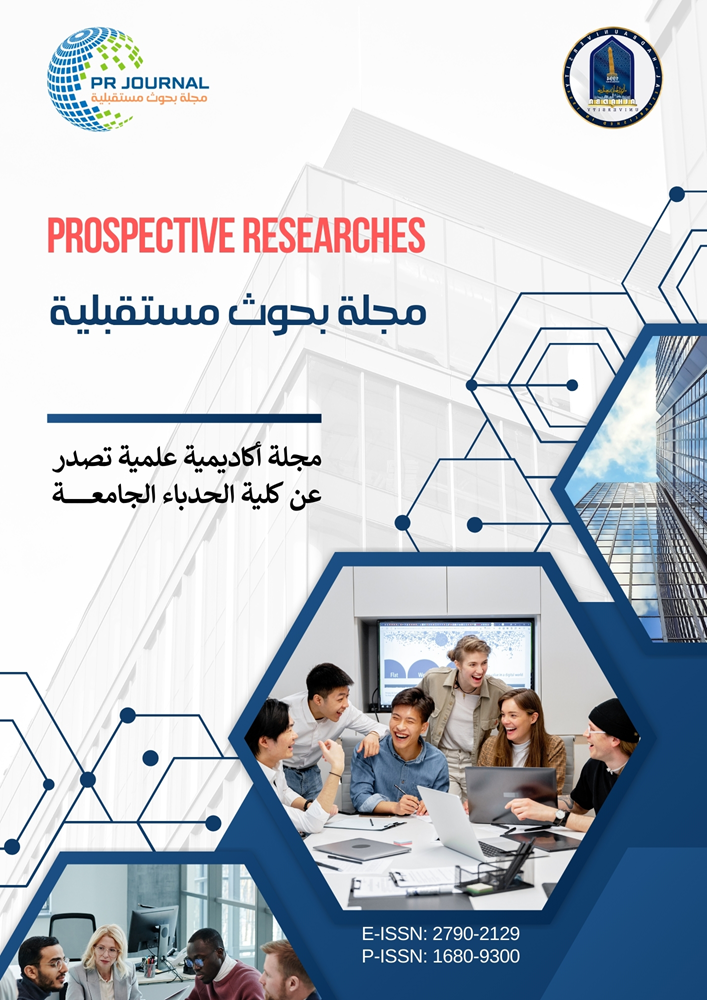التوجهات المستقبلية للاستشعار عن بعد من خلال النظام الفضائي العالمي الجديد
Abstract
Remote sensing is an old-modern science. It has increasingly developed like no other science has. It is a comprehensive science; it includes different sciences, applications and specialization's which permits to use the outer space for scientific and economical purposes.
Remote sensing began since God had first created Man on this giving him means to smell, hear and see. He created his eyes to track pictures the most complicated remote sensing equipment so far. This science has become an important means especially with the development of cameras, films and different flying means. At the beginning of invading space, it important to use space as a platform, and satellites as a means to carry cameras and different tracking equipment to observe the earth and collect information about it, and then analyze it by special computers and equipment to make data and pictures which could be useful in different tasks and applications.
Since late sixties, different world states and regional blocs realized the important of these technologies and started to establish remote sensing bodies, foundations and centers on local levels integrating each other and forming effective regional agencies and organizations interpreted by huge scientific and executive programs that match with comprehensive and accurate remote sensing data.
That study reviews that role of scientific research in developing the technology of remote sensing trends to develop the classical and theory, and gives samples of future trends to develop the classical and promising sensing applications. Finally, it reviews the present and expected developments in space technology, and suggests some ideas on how to deal with the new situation and the ideal way of employing it in everyday life services.
Downloads
Published
How to Cite
Issue
Section
License

This work is licensed under a Creative Commons Attribution-NonCommercial-NoDerivatives 4.0 International License.
Copyright © 2025 by the authors. This work is licensed under a Creative Commons Attribution-NonCommercial-NoDerivatives 4.0 International License (CC BY-NC-ND 4.0). You may not alter or transform this work in any way without permission from the authors. Non-commercial use, distribution, and copying are permitted, provided that appropriate credit is given to the authors and Al-Hadba University.







